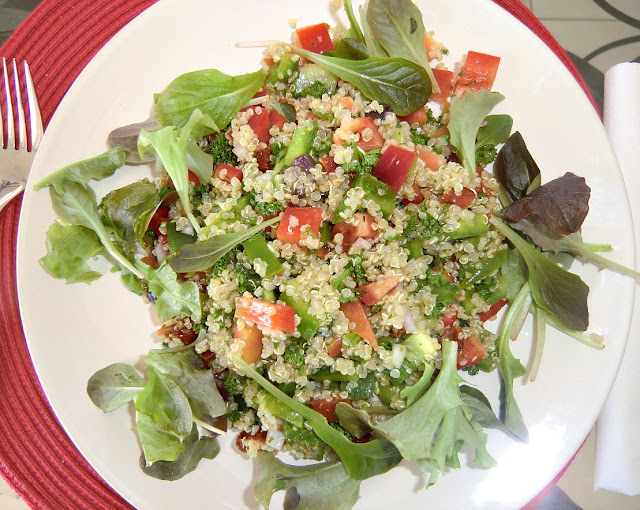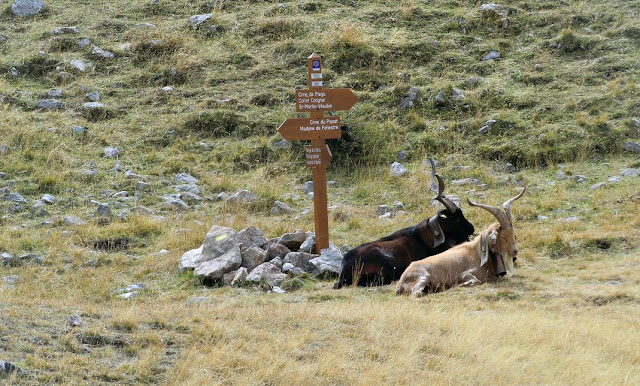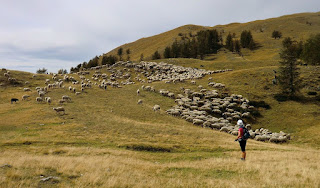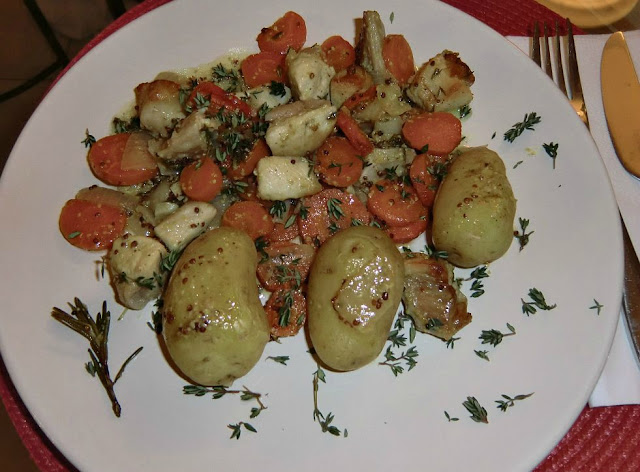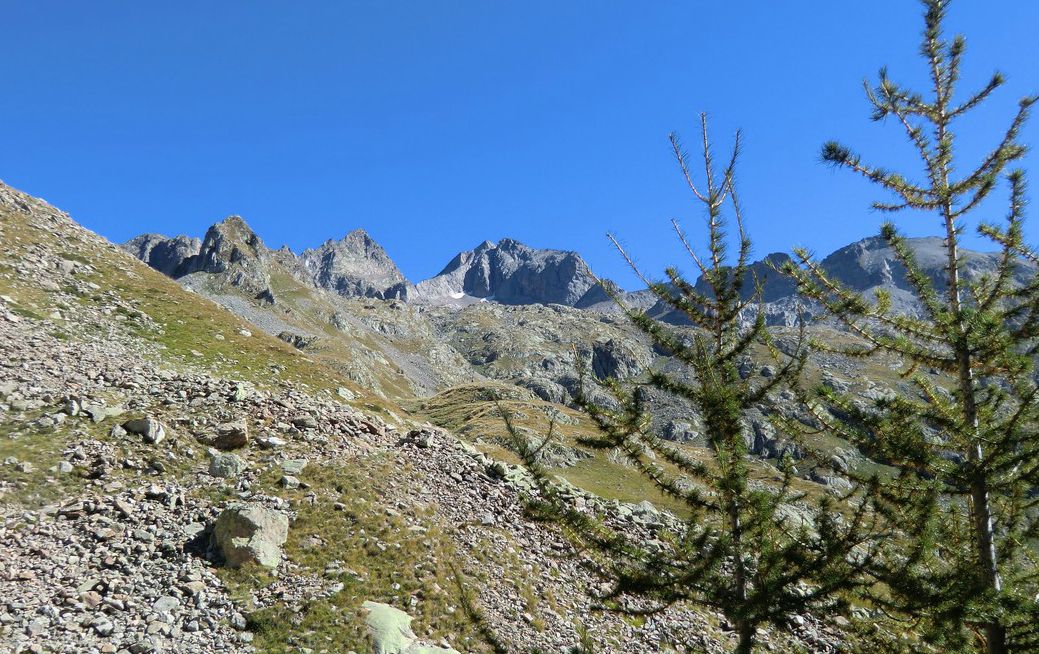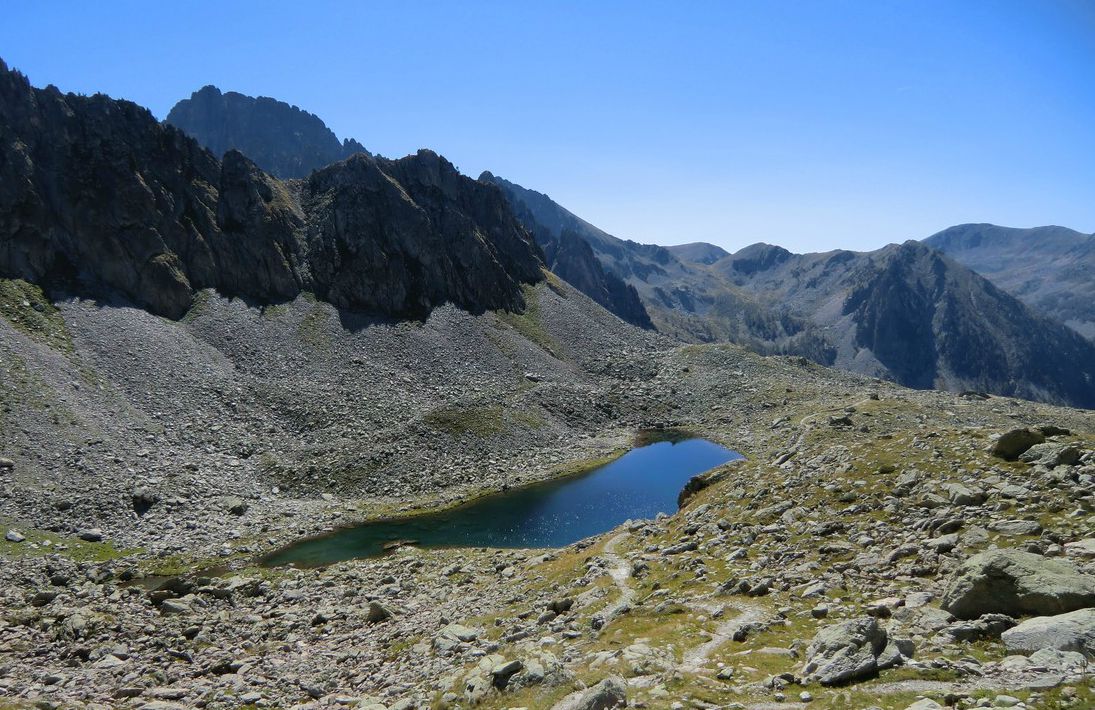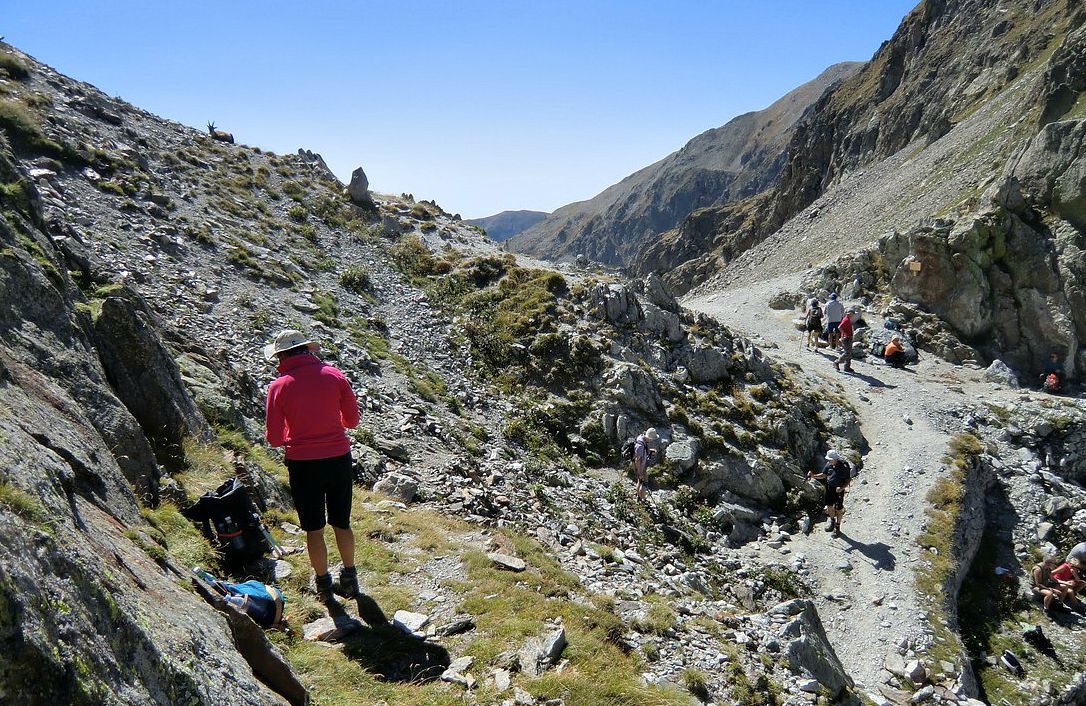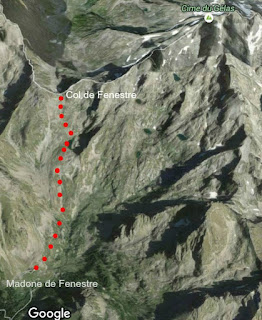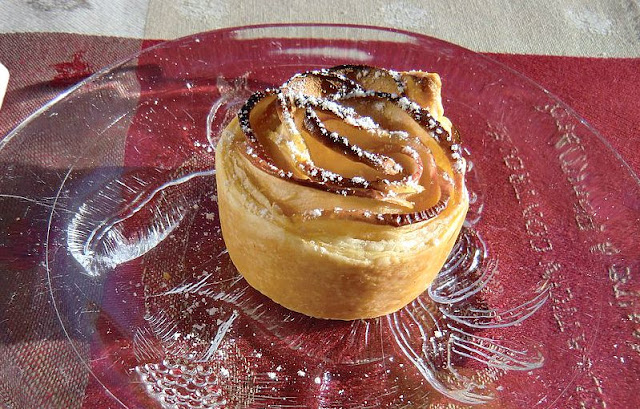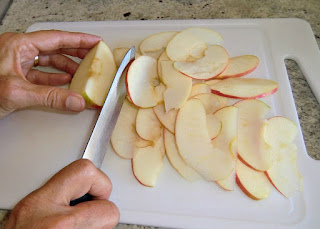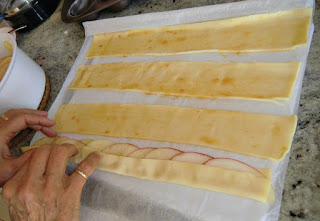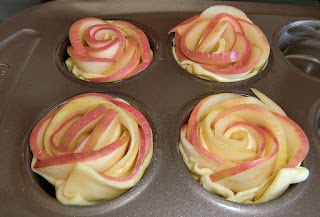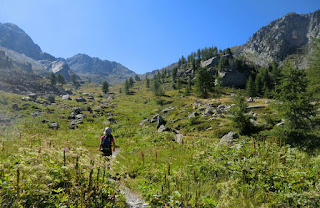Quinoa salad recipe
Quinoa is a gluten free grain which originates from the Andean region of South America. Quinoa has been called “Mother grain” or superfood because of its high protein content and favourable amino acid profile. Quinoa has become popular in the Western countries as there is growing interest in gluten free and vegetarian diets.
The following recipe is an old favorite in our family when we want to have a healthy and light lunch. You can boost the protein content of this lunch by adding crumbled goat cheese on the salad or by having some fromage blanc or yoghurt with berry sauce.
Even in Mediterranean countries good fresh basil is not available in winter. Here in Nice pistou is then used. Pistou is simply crushed basil leaves with salt in olive oil and is similar to the better known Italian pesto. In winter, the tasteless and pale tomatoes are traditionally replaced by sundried tomatoes packed in olive oil. For this recipe, try to find Italian sun dried tomatoes in olive oil because they have the best taste and consistence.
2 servings
120 ml uncooked quinoa
1 green bell pepper
1 red bell pepper
8 black olives
1 shallot
4 sundried tomatoes, in olive oil
A handful of chopped parsley
Baby salad leaves
For the dressing:
3 tbsp olive oil
1 tbsp red-wine vinegar
2 tsp pistou, Le Basilic du Provencal (or pesto)
1 tsp Dijon mustard
Freshly ground black pepper
Rinse the quinoa under running water and cook for 20 minutes in 240 ml water. Transfer to a large bowl and let cool.
Wash and dry the bell peppers. Cut them into small pieces discarding all he seeds and the inner white parts. Add to the bowl.
Peel and mince the shallot. Add to the bowl.
Finely chop the sun dried tomatoes and add to the bowl.
Remove the stones from the olives. Cut the olives into quarters and add to the bowl.
Add the chopped parsley to the bowl and mix everything.
In a small bowl, make the dressing by whisking together the olive oil, red-wine vinegar, pistou and Dijon mustard. Grind a few rounds of black pepper. Add the dressing to quinoa mixture and toss together.
Place the quinoa salad on the centre of the plates and surround with baby salad leaves.


